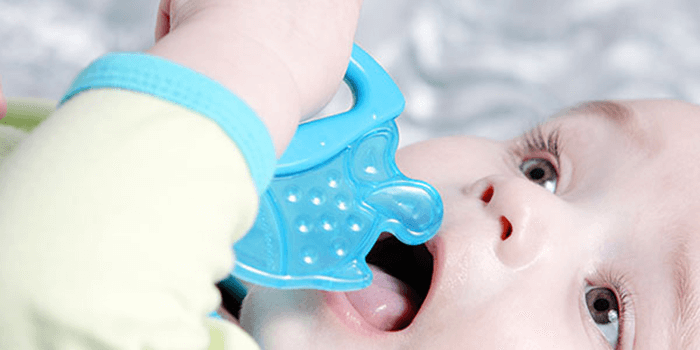Toy Testing of Nitrosamines
Nitrosamines are a group of carcinogenic and mutagenic compounds. Daily and prolonged contact with manufactured items including rubber products, such as toys, will lead to continual exposure of these compounds. Potentially any item containing nitrites/nitrates could contain nitrosamines and any process that uses secondary amines, where the manufacturing process results in an introduction of atmospheric nitrous oxide, could produce nitrosamines.

Concern over cumulative exposure has resulted in Ellutia developing an analysis solution, with specific focus on exposure to babies and young children under the scope of UK method ISO EN 71-12 (Safety of toys; N-nitrosamines and N-nitrosatable substances). This method utilises an Ellutia 200 GC for separation followed by an Ellutia 810 TEA (Thermal Energy Analyser) for detection. TEA is a well-established method for analysing compounds containing nitroso groups. ISO EN 71-12 covers 13 different nitrosamines including some classified as low or non-volatile nitrosamines, this lack of volatility can be overcome by derivatisation. The high molecular weight nitrosamines (NMPhA, NEPhA and NDPhA) had a low response from the wax phase and the EL-5 column was needed for their separation. However the EL-5 column was unable to fully separate the lighter molecular weight nitrosamines.
Method
This ISO method covers 13 different nitrosamines including some low or non-volatile nitrosamines (nitrosodiethylamine NDELA), this can be overcome by derivatising the analyte first. A commercially available derivatisaton kit e.g. BSTFA + TMCS was used and can be injected directly from the reaction vessel. This derivatised NDELA peak will be elute before the other nitrosamine peaks within the multi mix when run on the wax column with the conditions listed below. The presence of high molecular weight nitrosamines – NMPhA, NEPhA etc, is indicated by a range of multiple peaks towards the end of the run.






